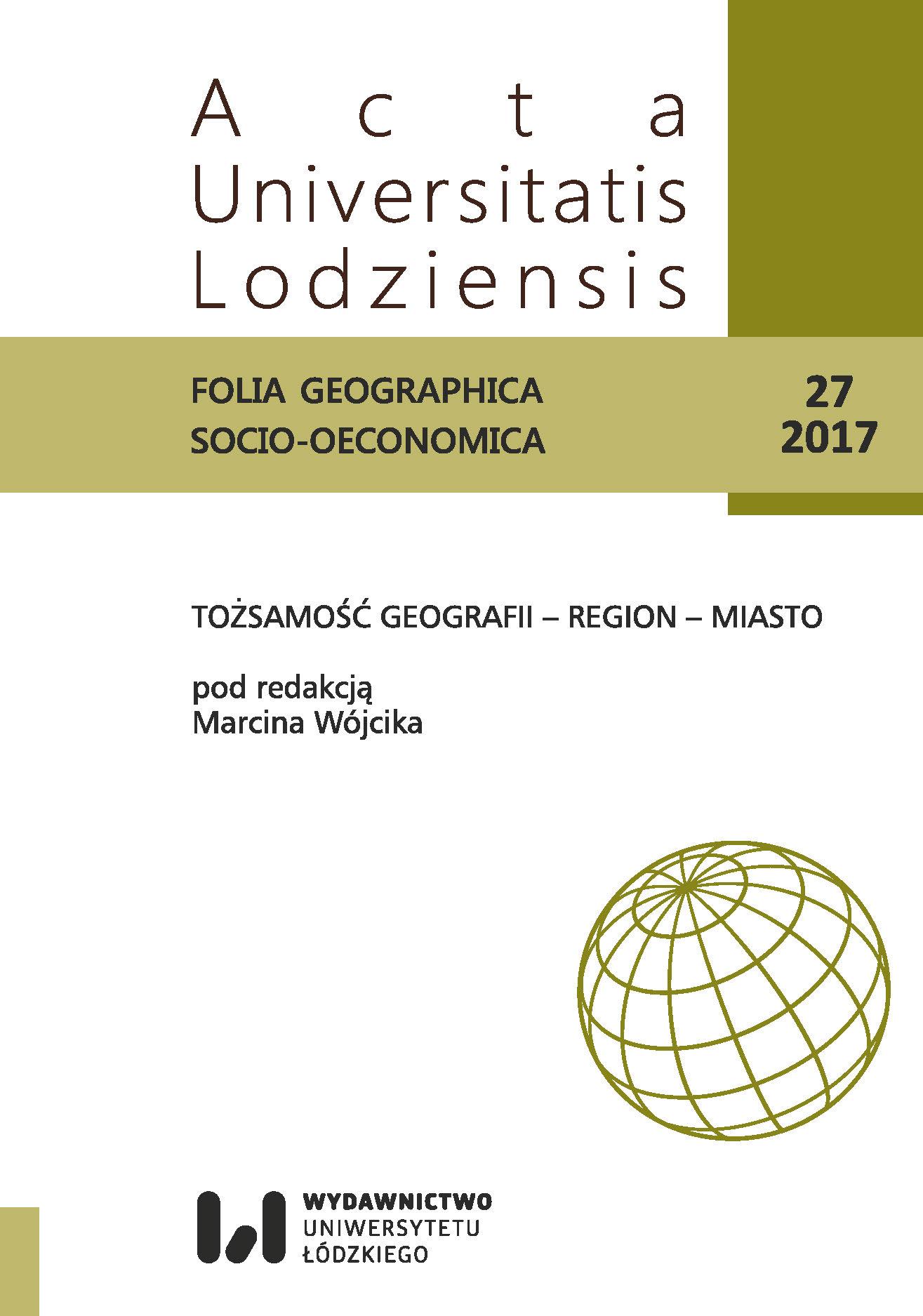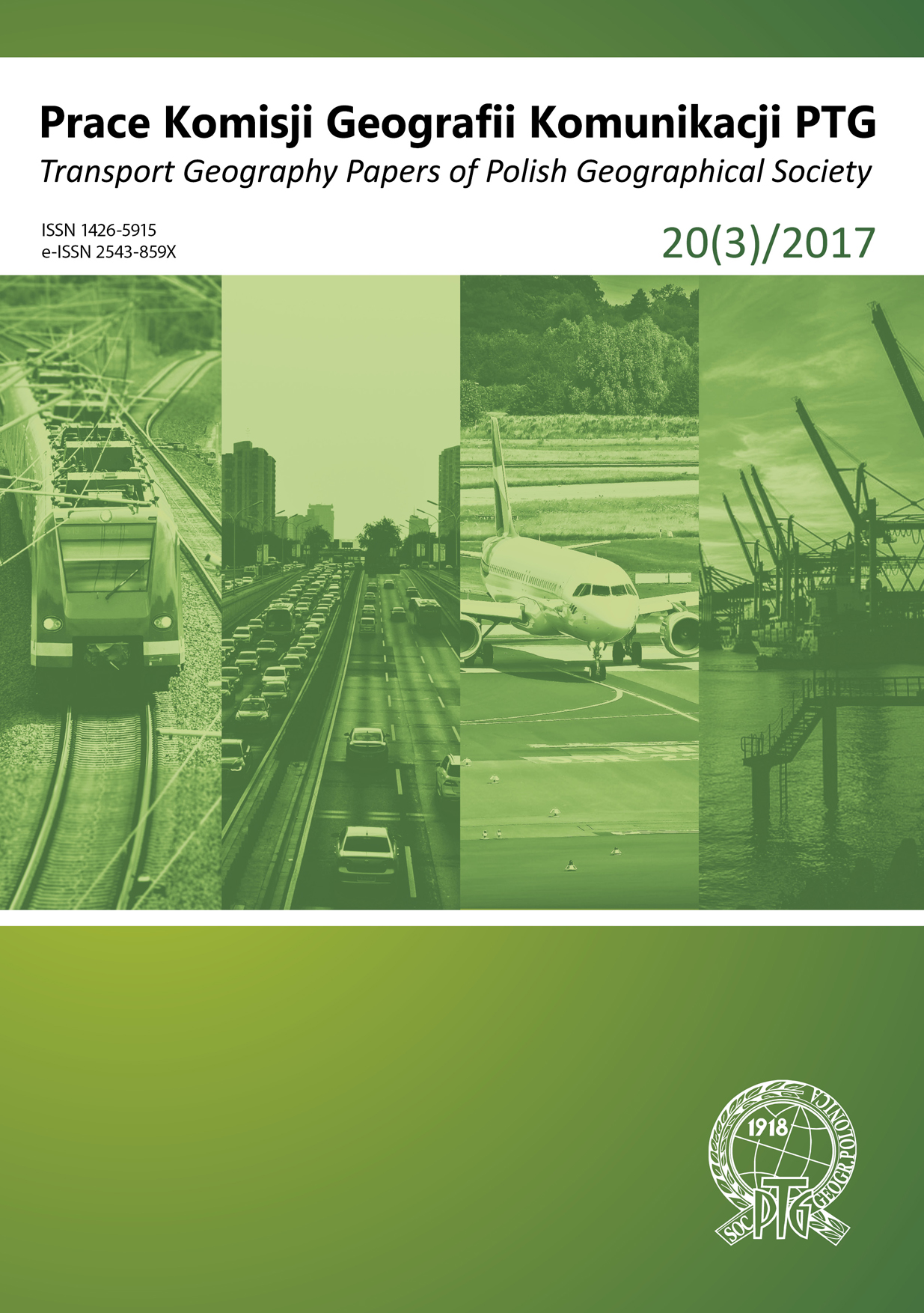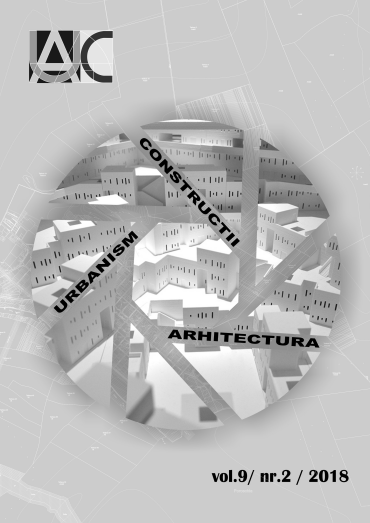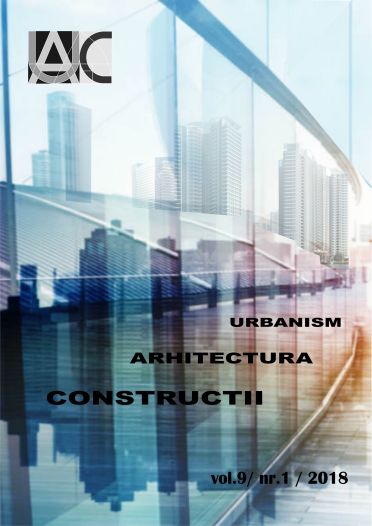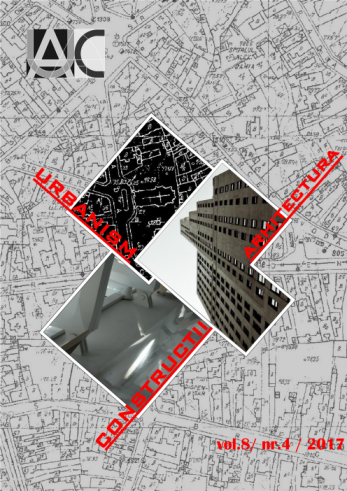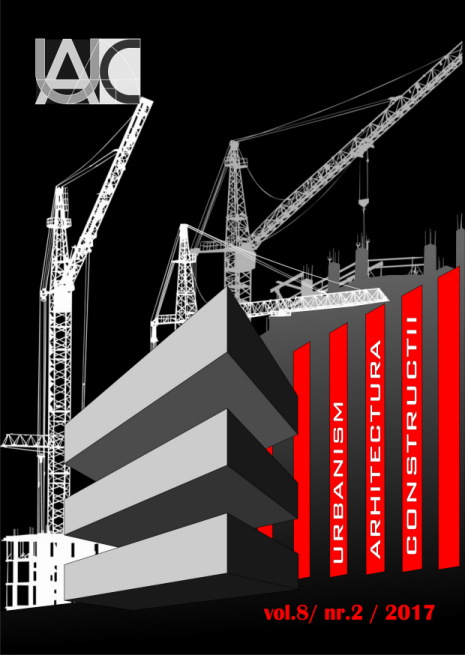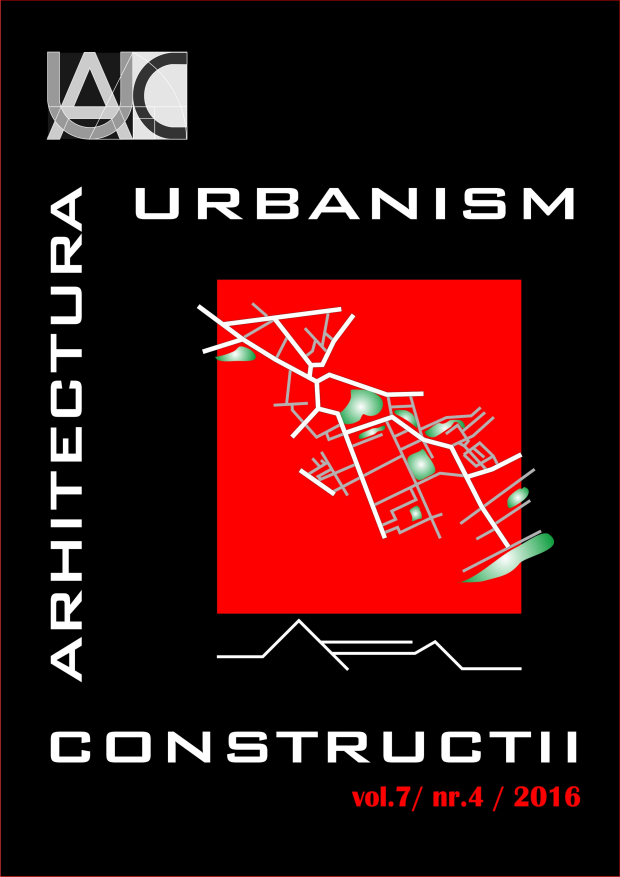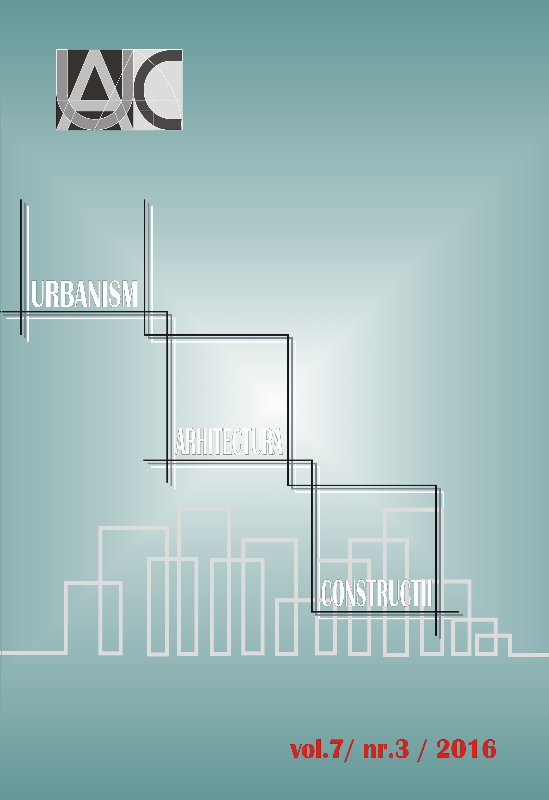The Economic Regionalism and Its Linguistic Aspects. The Model of Inside-Outside Regionalism
Rebirth of the regionalism, that is being expressed i. e. by a globalization of the world economy, is regional resistance. The strategic aspects are doing crucial parts in a development of the regionalism. Regionalism is distributed among other things through language, which is then institutionalized and ritualized for regional affiliation. The aim of the study is to link research regionalism practiced in its form with the meaning of language as one of the region-forming factor. Methodologically, the study is focused on qualitative research new regionalism and the role of language in its context.
More...
